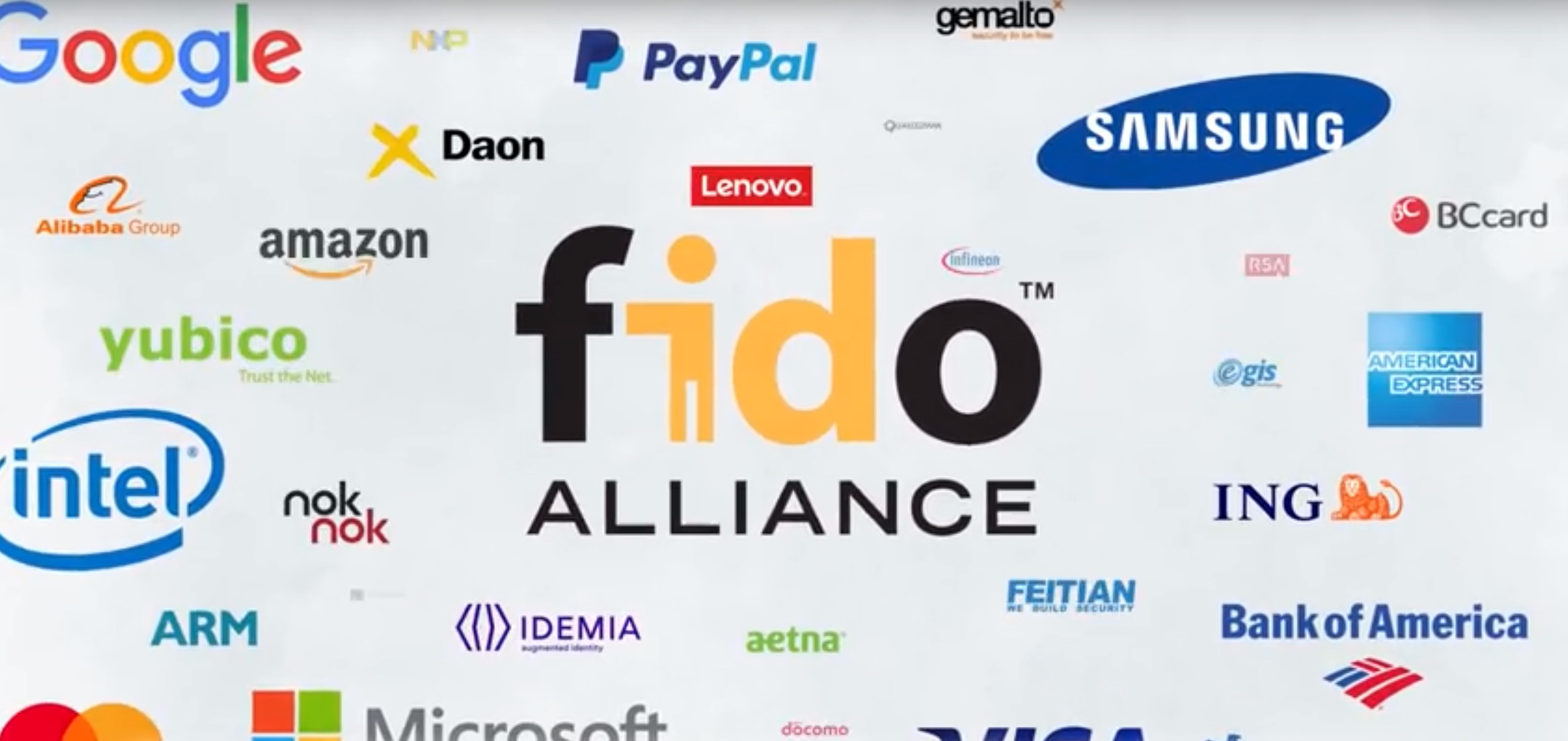
Apple has joined the Fast Identity Online (FIDO) Alliance, an open industry association whose mission is to develop and promote stronger authentication standards and help reduce the world's over-reliance on passwords.

Apple joins existing members Amazon, Facebook, Microsoft, Samsung and others in a common goal to secure online connections and support the adoption of the U2F authentication standard, which the alliance hosts.
Universal 2nd Factor (U2F) is an open standard that strengthens and simplifies two-factor authentication (2FA) using specialized USB or near-field communication (NFC) devices based on similar security technology found in smart cards. U2F security keys can be used as an additional method of two-step verification in online services that support the U2F protocol, such as Google, Dropbox, and Facebook.
Chrome, Firefox, Edge, and Opera browsers natively support U2F. With iOS 13.3, Apple's Safari also supports FIDO2-compliant physical security keys like the Lightning-equipped YubiKey.
With Safari support, the YubiKey 5Ci is a useful tool that can be more convenient than software-based two-factor authentication because there's no need to enter a security code -- you simply plug it in to an iPhone or Mac (there's also a USB-C connector) to authenticate. Support for FIDO2-compliant USB security keys using WebAuthn was previously added to Safari 13 in macOS.
FIDO was founded in 2013 by a group including Lenovo and Paypal to address the lack of interoperability among strong authentication. MacGeneration was first to spot Apple's logo added to the list of board members.
Article Link: Apple Joins the FIDO Alliance to Help Develop and Promote Authentication Standards

